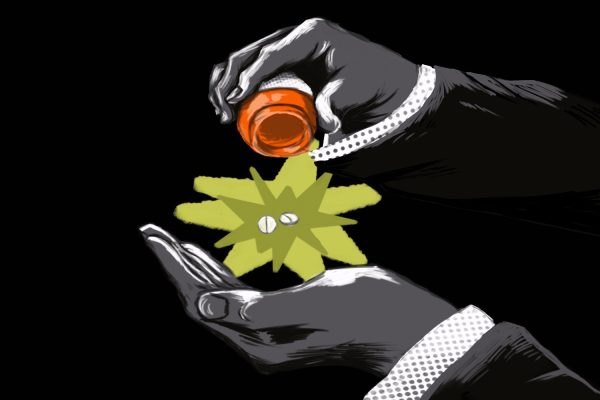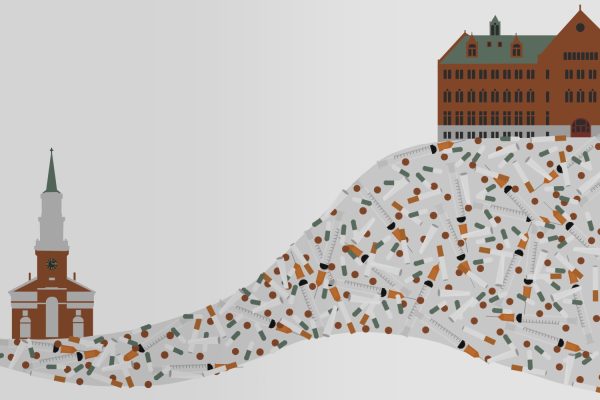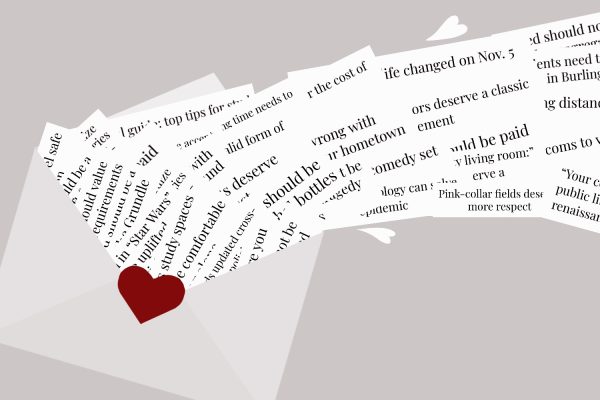Art is important, even for STEM students
I often find that dedicated STEM nerds such as myself do not understand art. We slip into this uber-rationality where statistics, natural laws and facts dominate our thinking on every issue.
As an economics major, this is especially prevalent—the economics profession often turns poverty into just a number. People are always predicted to act as rational, omniscient, self-interested “agents.”
Art is the opposite of this way of thinking. It is impossible to use formulas or logic to deduce the meaning or impact of a work of art.
There is no rational reason why a book like “Of Mice and Men” by John Steinbeck is a well-regarded book today. After all, no one reading it in high school lived through the Dust Bowl or murdered their chosen brother.
“Of Mice and Men” is a potent book because it evokes strong emotion by slowly showing the inevitability of Lenny killing someone and himself being killed.
Human emotions like empathy for Lenny and George cannot be described by formulas, categorized, or fully understood. There simply is no set of checkboxes to make a good novel or work of art.
Despite art’s unquantifiable nature, it still has utility. Though, perhaps utility is an overly rational way to think about art.
Art can serve as a kind of oracle, exposing the dark possibilities of ideas we hold in high regard. Take for instance the movie “All Quiet on the Western Front,” which portrays a group of friends who naively thought they could become great and honorable men by fighting in World War I.
Instead, they were met with the harsh realities of war: incompetent leadership, little control over whether they lived or died and the complete pointlessness of the fighting.
The message and potency of “All Quiet on the Western Front” is completely destroyed when communicated with numbers instead of portraying those that died. The point of the movie is to convey something that a purely STEM-based communication strategy never could.
Upton Sinclair’s novel “The Jungle” heavily influenced opinion on the meatpacking industry with its imagery, according to a June 30, 2016 New York Times article.
By depicting harsh conditions in plants, rather than using numbers and statistics, Sinclair was able to mobilize citizens to lobby the government. In the end, his effort pushed Theodore Roosevelt to pass multiple bills regulating food safety.
Art can also serve as a means of self-exploration. In a strange way, understanding another person can help someone understand themselves. Viewing a piece of art that depicts a character’s virtues and vices can help the audience decipher their own virtues and vices.
Take Johnny Logan from the movie “Johnny Guitar,” for example. He is a Western gunslinger who always feels as though he needs to be on top of every situation.
Johnny often pulls a gun at even the slightest sense of danger, sometimes making situations more precarious than they need to be. He pulls his gun because it was how he had previously kept himself safe in a rough world.
Understanding how Johnny worsens the problem when under stress because of his history lets one look at their own flawed defense mechanisms.
Perhaps the most apparent power of art is catharsis. Through culturing strong negative emotions in the audience, then freeing them back to their daily lives, artists are able to create a sense of joy and self-reflection from one’s sorrow.
The feeling catharsis often invokes can be very strong to those who can let themselves be absorbed by the media—philosopher Friedrich Nietzsche was one of these people.
In his 1872 book “The Birth of Tragedy,” he lays out the fundamental contrast between the “Apollonian,” representing order and rationality, and “Dionysian,” representing disorder and emotion. These two forces, named after the Greek gods, are crucial to Nietzsche’s understanding of art.
He believed that in tragedies, when an orderly and rational protagonist is slowly destroyed by an unforgiving and senseless world, the audience would experience a kind of intoxication or intense emotion.
STEM students are relatively sheltered from art, unlike humanities students. There is simply no recognized purpose for art in an economics or mathematics classroom. In spite of this, STEM students should not completely detach themselves from art. They should still read a novel or watch a movie.
Appreciating art clearly brings something to the table that the sciences cannot grasp. There is a reason art has been important since the time of cave paintings. It helps us understand the world in a way that reasonability and rationality never could.
Art is important and should never be ignored.







